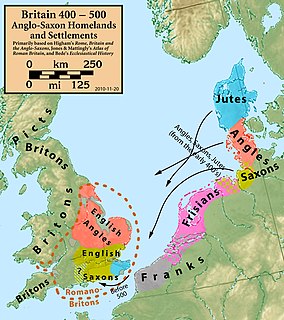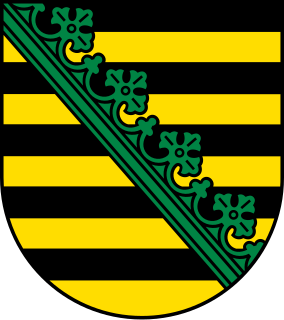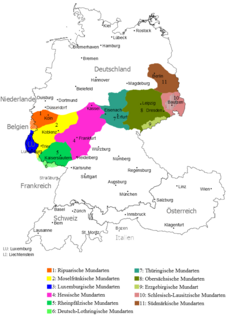| Qvarforth | |
|---|---|
| Origin | |
| Region of origin | Scandinavia, Belgium, Germany |
| Word/Name | German |
Qvarforth is a surname whose origins may have begun in Germany. Qvarforth, or one of its derivatives, is a surname used in Scandinavia, Germany, Belgium and other areas located in northern Europe.
A surname, family name, or last name is the portion of a personal name that indicates a person's family. Depending on the culture, all members of a family unit may have identical surnames or there may be variations based on the cultural rules.
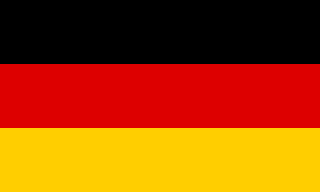
Germany, officially the Federal Republic of Germany, is a country in Central and Western Europe, lying between the Baltic and North Seas to the north, and the Alps, Lake Constance and the High Rhine to the south. It borders Denmark to the north, Poland and the Czech Republic to the east, Austria and Switzerland to the south, France to the southwest, and Luxembourg, Belgium and the Netherlands to the west.
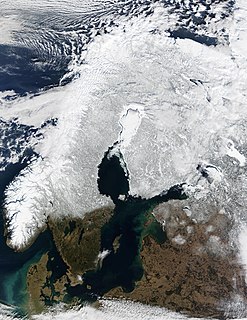
Scandinavia is a region in Northern Europe, with strong historical, cultural, and linguistic ties. The term Scandinavia in local usage covers the three kingdoms of Denmark, Norway, and Sweden. The majority national languages of these three, belong to the Scandinavian dialect continuum, and are mutually intelligible North Germanic languages. In English usage, Scandinavia also sometimes refers to the Scandinavian Peninsula, or to the broader region including Finland and Iceland, which is always known locally as the Nordic countries.
Its origin can be traced back to Anders Qvarfordt born in Querfod, Saxony (Germany). This may have later developed into the surname of two melters, Mikkel and Anders Querfood, who worked at Baerums factory in Norway in 1610.

Saxony, officially the Free State of Saxony, is a landlocked federal state of Germany, bordering the federal states of Brandenburg, Saxony Anhalt, Thuringia, and Bavaria, as well as the countries of Poland and the Czech Republic. Its capital is Dresden, and its largest city is Leipzig.

Norway, officially the Kingdom of Norway, is a Nordic country in Northern Europe whose territory comprises the western and northernmost portion of the Scandinavian Peninsula; the remote island of Jan Mayen and the archipelago of Svalbard are also part of the Kingdom of Norway. The Antarctic Peter I Island and the sub-Antarctic Bouvet Island are dependent territories and thus not considered part of the kingdom. Norway also lays claim to a section of Antarctica known as Queen Maud Land.
The name Qvarfordt is first mentioned in 1627 from an area then known as Risinge until 1942, since 1971 Finspång Municipality, Östergötland County, Sweden, with Anders Qvarfordt. He and his nine children are mentioned in a court order in Risinge 1695. Five of his six sons were blacksmiths and two of his three daughters were married to blacksmiths. [1]

Finspång Municipality is a municipality in Östergötland County in Sweden. Its seat is located in the town of Finspång, with some 13,000 inhabitants.

Östergötland County is a county or län in southeastern Sweden. It has land borders with the counties of Kalmar to the southeast, Jönköping to the southwest, Örebro to the northwest, and Södermanland to the northeast. It also has a sea border with Västra Götaland to the west, and borders the Baltic Sea to the east.

Sweden, officially the Kingdom of Sweden, is a Scandinavian Nordic country in Northern Europe. It borders Norway to the west and north and Finland to the east, and is connected to Denmark in the southwest by a bridge-tunnel across the Öresund, a strait at the Swedish-Danish border. At 450,295 square kilometres (173,860 sq mi), Sweden is the largest country in Northern Europe, the third-largest country in the European Union and the fifth largest country in Europe by area. Sweden has a total population of 10.2 million of which 2.5 million have a foreign background. It has a low population density of 22 inhabitants per square kilometre (57/sq mi). The highest concentration is in the southern half of the country.
The theory[ by whom? ] is that the family is German and not from Wallonia. There is a town in Saxony called Querfurt and it is believed that descendants of Querfurt as they moved throughout got the name "Franz of Querfurt", which over time turned into varieties of Querfurt in the different regions. There are 16 different varieties of Qvarfordt. The form Qvarfordt makes up about half of all instances of the broader name.

Wallonia is a region of Belgium. As the southern portion of the country, Wallonia is primarily French-speaking, and accounts for 55% of Belgium's territory and a third of its population. The Walloon Region was not merged with the French Community of Belgium, which is the political entity responsible for matters related mainly to culture and education, because the French Community of Belgium encompasses both Wallonia and the majority French-Speaking Brussels-Capital Region.

Querfurt is a town in the Saalekreis district, or Kreis, in southern Saxony-Anhalt, Germany. It is located in a fertile area on the Querne, 18 miles (29 km) west from Merseburg. In 2005, the town had a population of 12,935.
Qvarforth comes in many varieties:
- Cvarfordh
- Kvarfordh
- Kvarfordt
- Kavarforth
- Quarford
- Quarfot
- Quarfordt
- Qvarfordt
- Qvarfors
- Qvarfort
- Qvarforth
- Qvarfot
- Qvarfoth
- Qvarfott
- Qwarfordt
- Qwarfort
